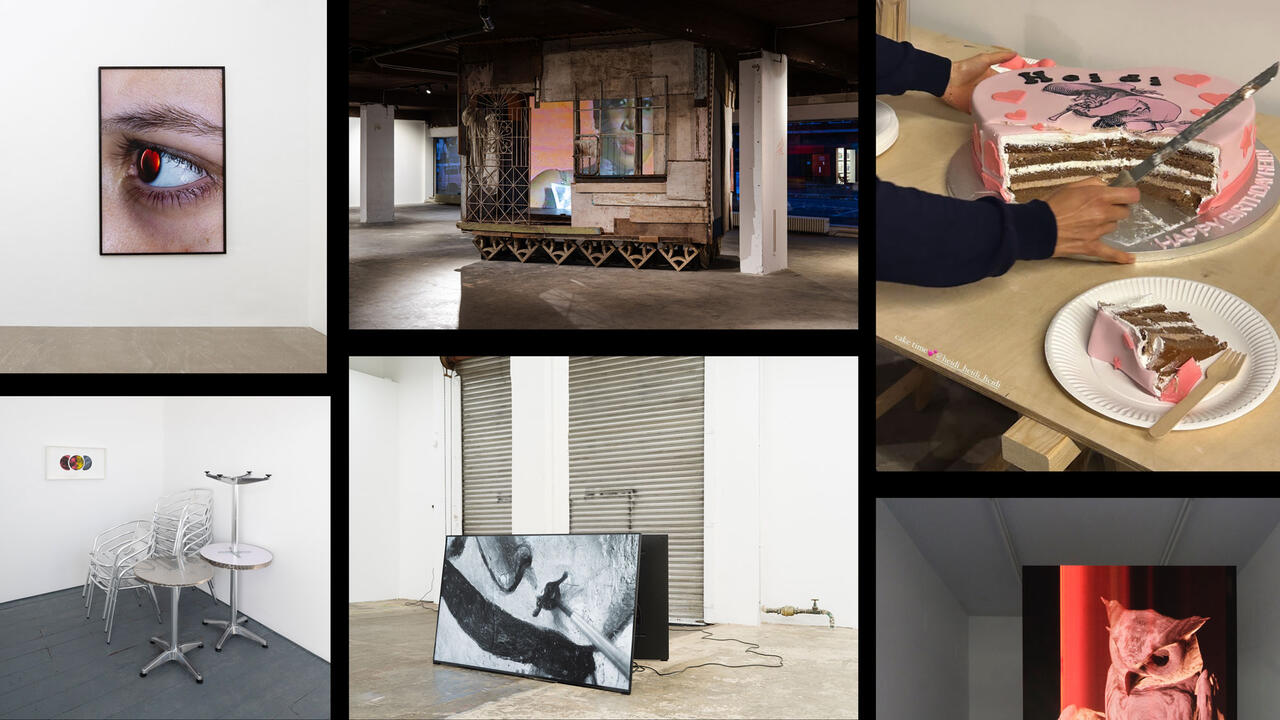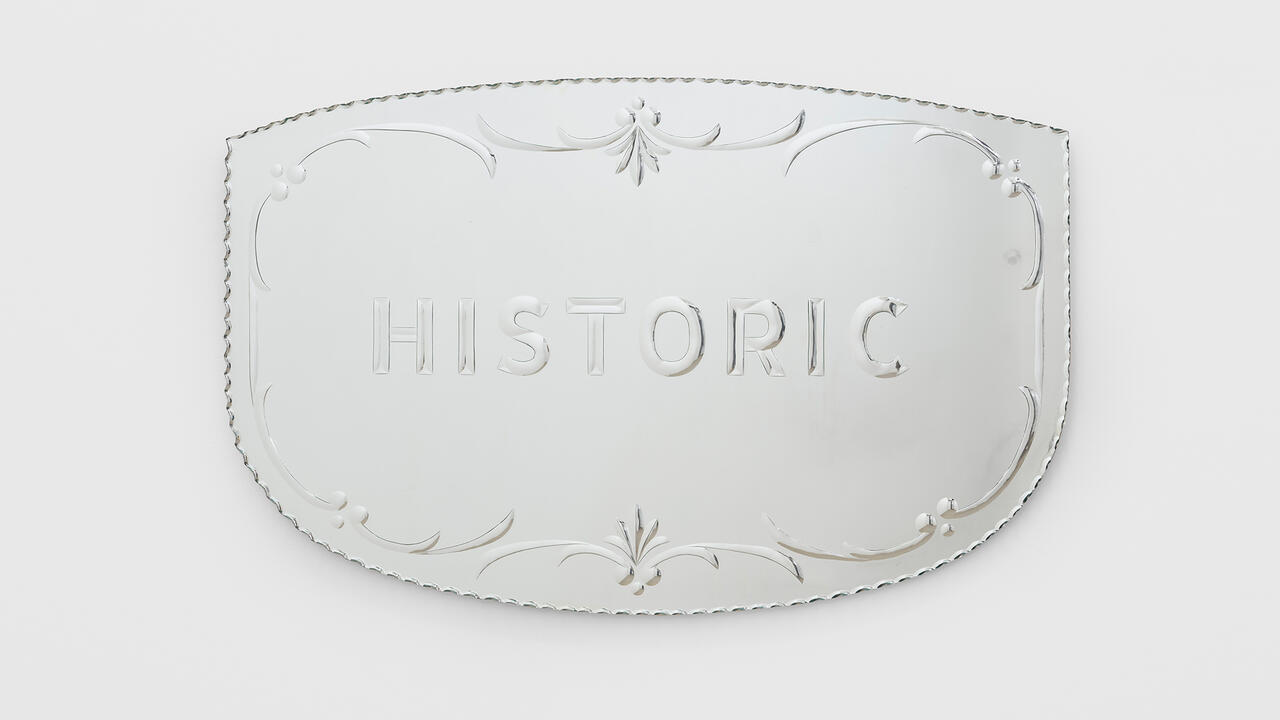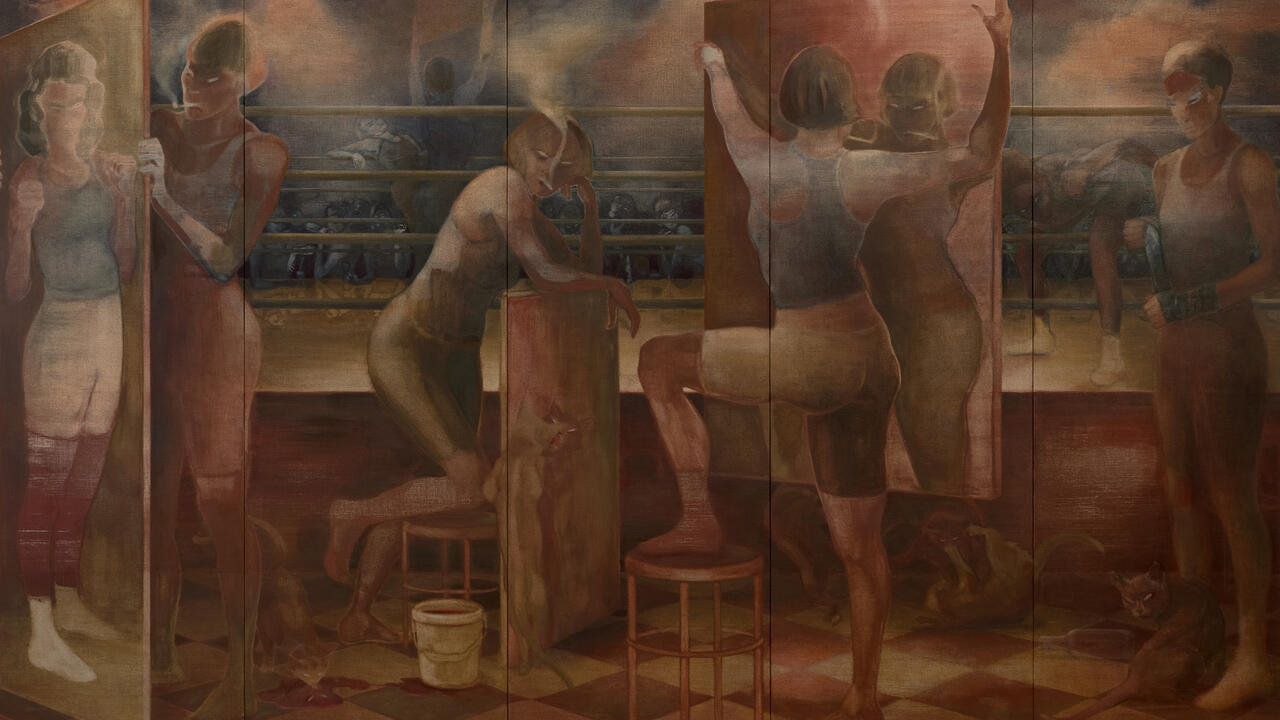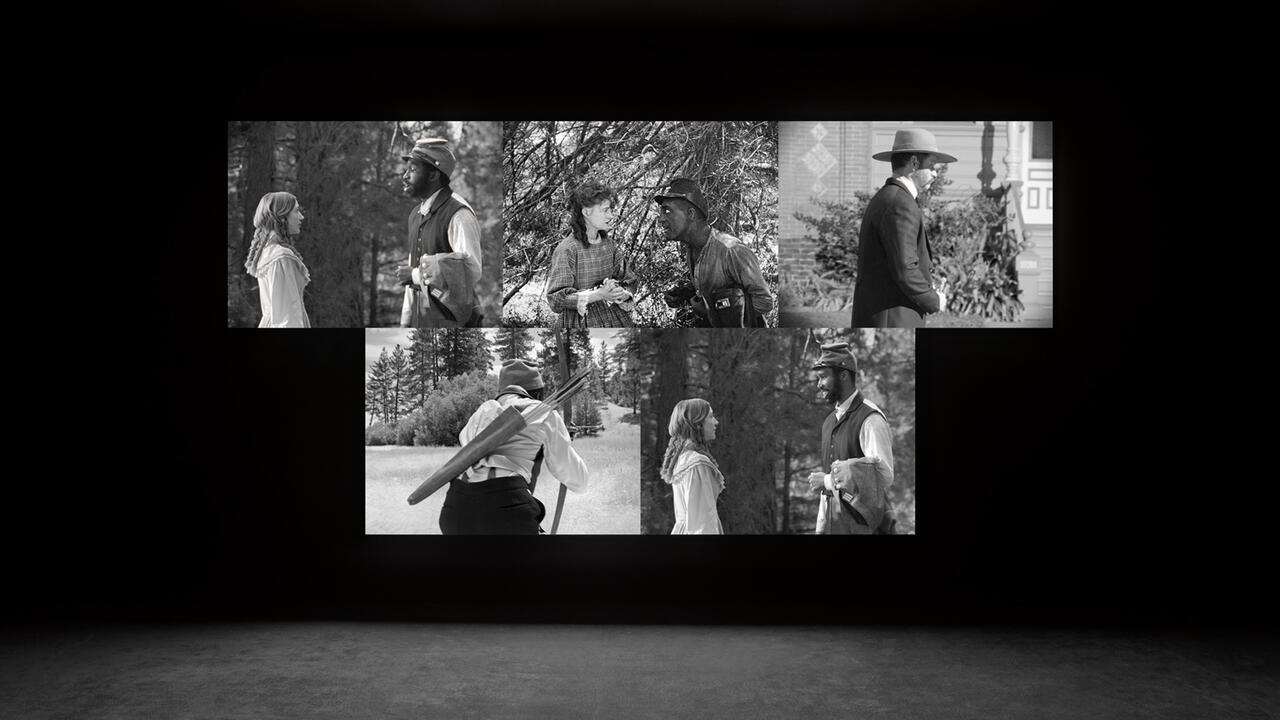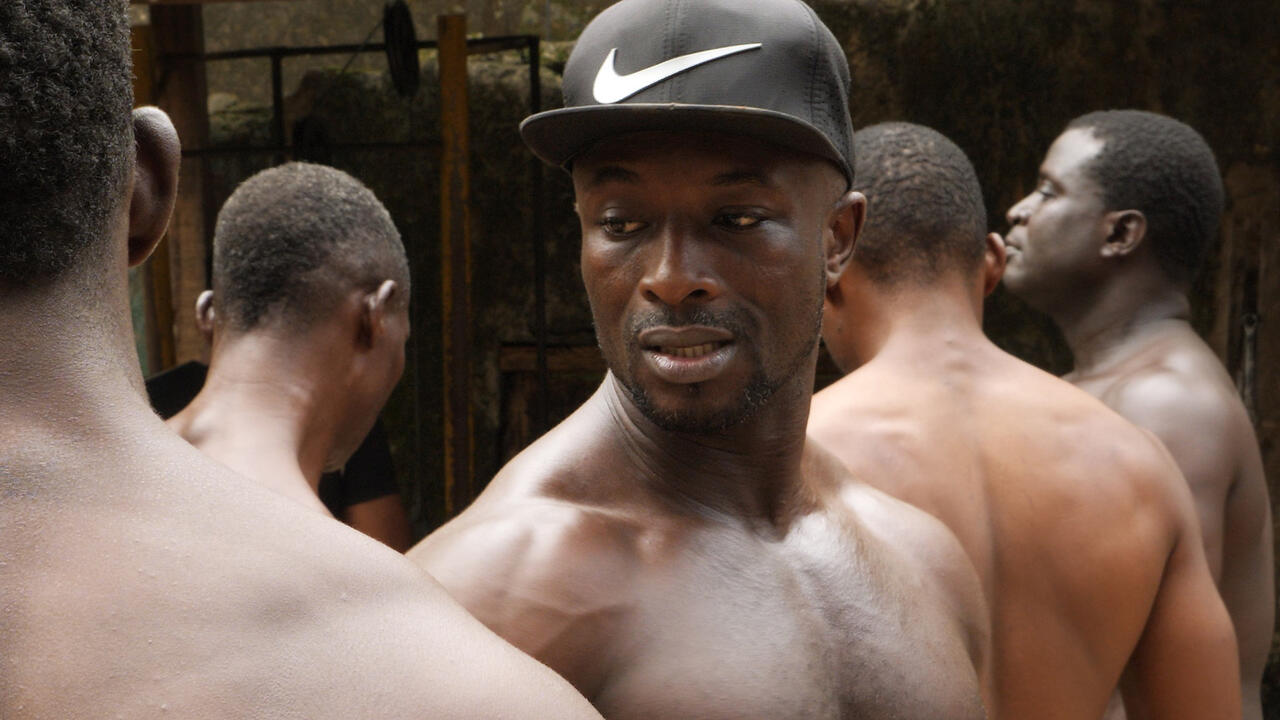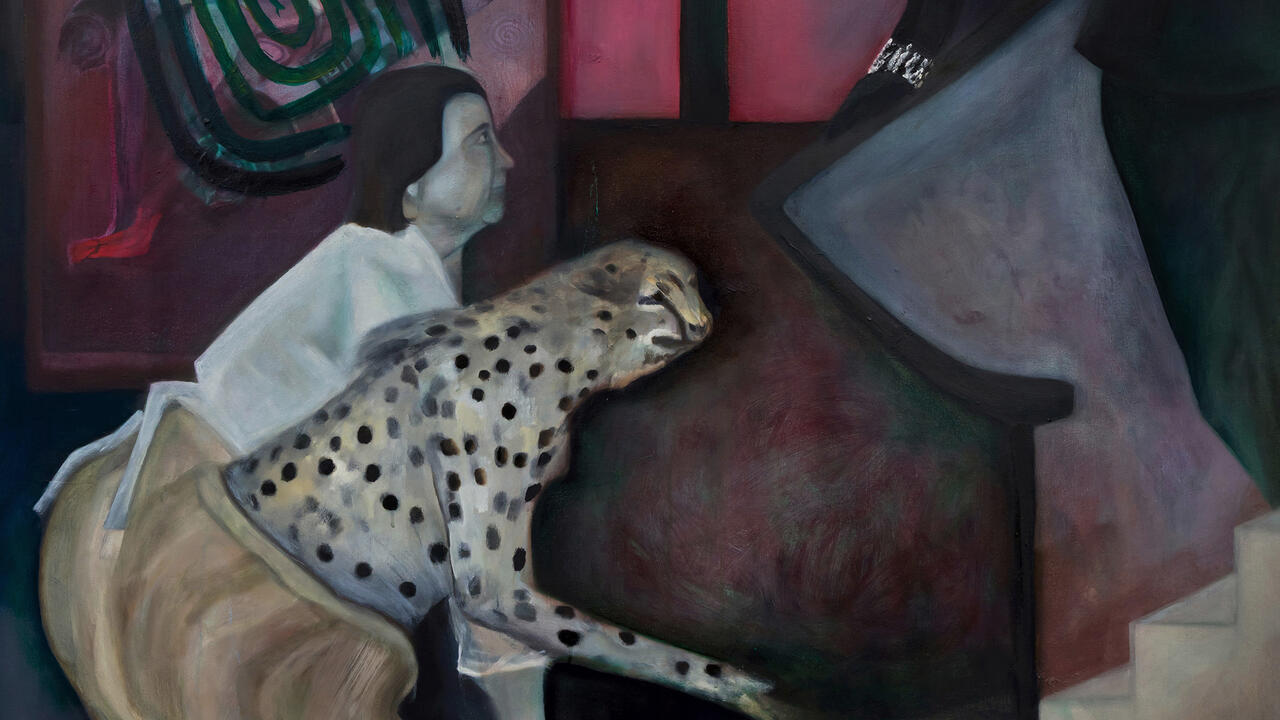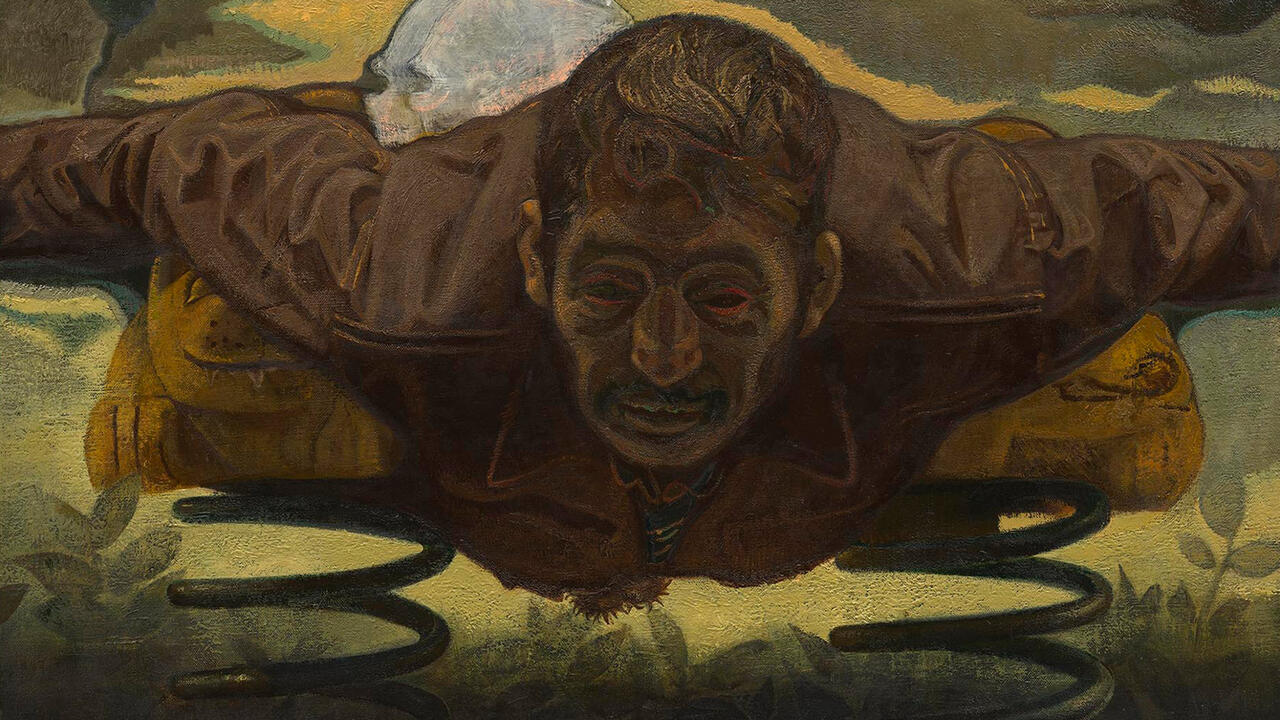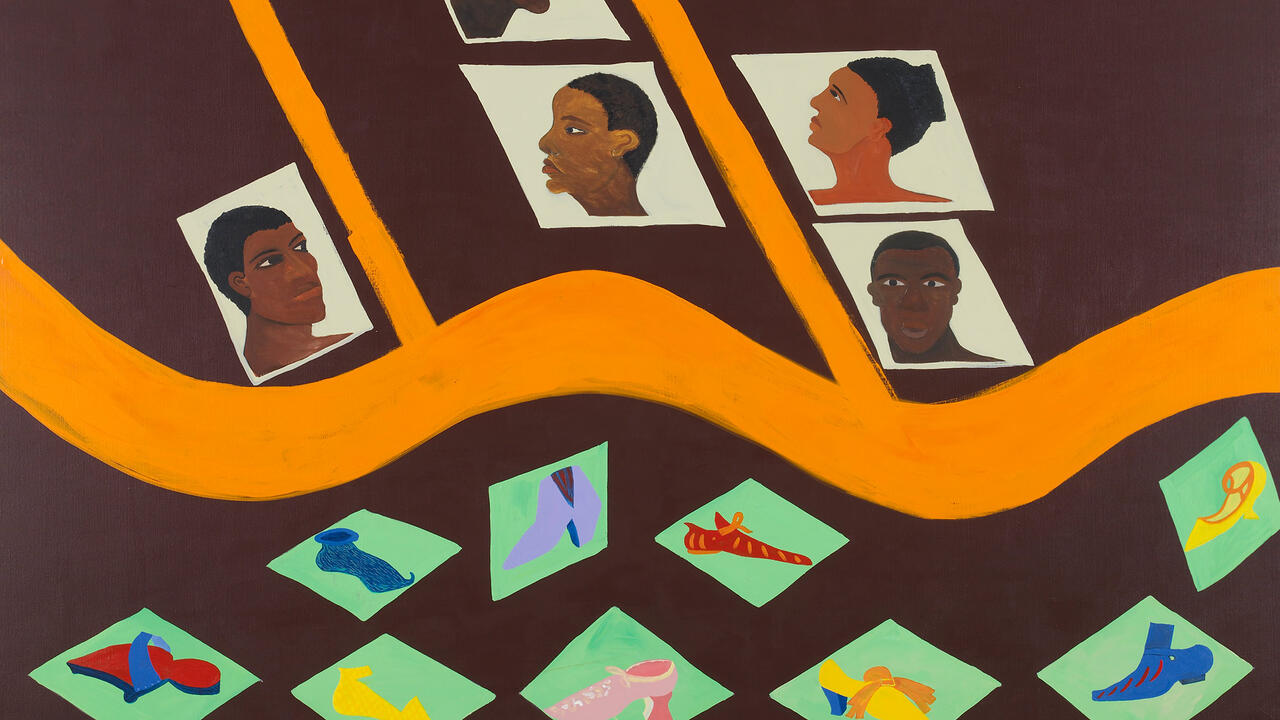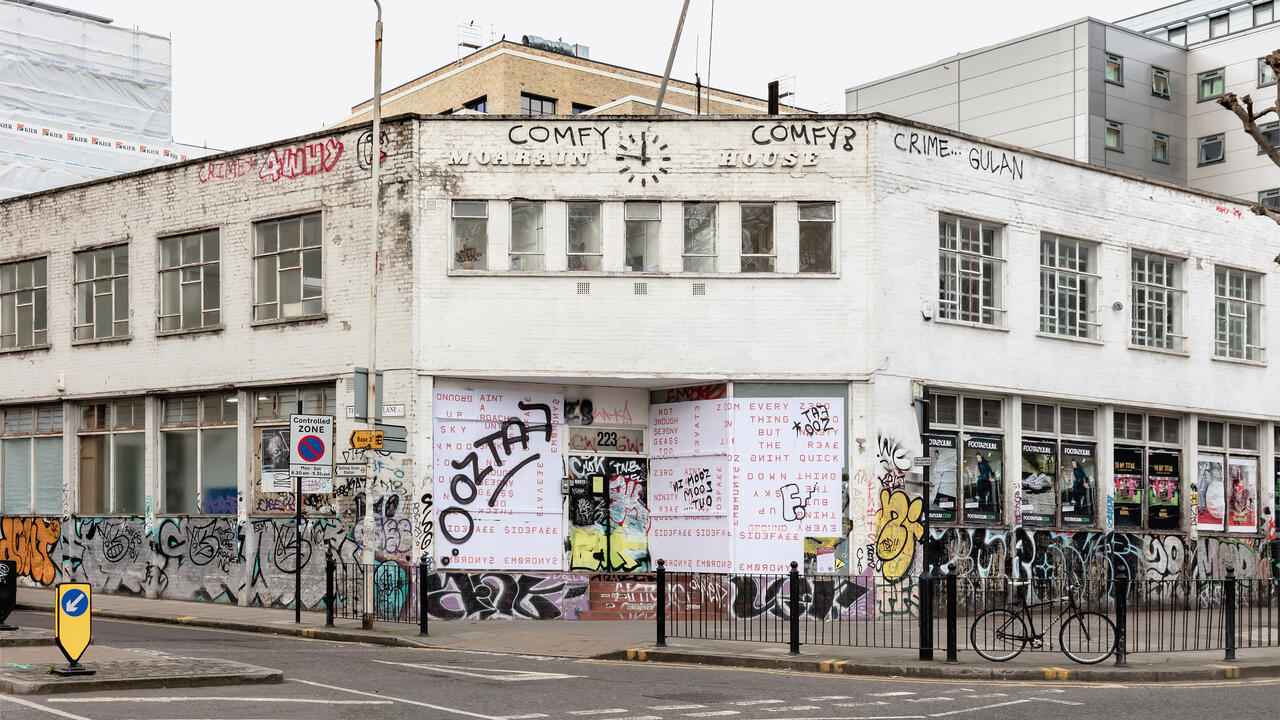What a Turkish Artist’s List of Dead Refugees Means in the Age of #Content
‘Art is not CNN,’ says Banu Cennetoğlu – new works produced with London’s Chisenhale Gallery ask: are you paying enough attention?
‘Art is not CNN,’ says Banu Cennetoğlu – new works produced with London’s Chisenhale Gallery ask: are you paying enough attention?

In Milan Kundera’s novel Slowness (1995), the narrator delivers his cynical judgement while watching the news: ‘The dying children of Somalia whom millions of spectators used to watch avidly, aren’t they dying anymore?’ Much the same criticism of the whims of mass media could be made over the European refugee crisis, which dominated the summer of 2015: images of overloaded boats and children lying dead on beaches filled our front pages and news broadcasts.
Three years on, the deadly consequences of border control policies now fail to ignite headlines. Turkish artist Banu Cennetoğlu has been working with The List – its latest iteration produced with London’s Chisenhale Gallery and Liverpool Biennial – which looks again at the ongoing crisis, removed from the fleeting attention span of the news cycle. The List comprises an up-to-date record of the 34,361 people (the actual number is likely far higher) who, since 1993, have died trying to seek refuge in Europe.

The List is compiled and updated by European NGO network UNITED for Intercultural Action; Cennetoğlu has been facilitating the document’s distribution since 2007. ‘Art is not CNN,’ she has said; nor does she regard The List itself as an artwork. Cennetoğlu sees her role as finding new ways of placing the information in public spaces. This year, The List has gone on show at the Liverpool Biennial as posters pasted across Great George Street (by the time the exhibition opened, portions had already been torn away) and distributed as a supplement in The Guardian on World Refugee Day (20 June).
Paging through one of The Guardian editions left in the Chisenhale foyer, I’m struck by how jarring the layout of a newspaper can be: you can skip seamlessly past a feature on chicken nuggets, or a think piece on Scottish pop, and then suddenly land in a mass grave: pages ordering the victims of Fortress Europe by date, name and cause (the first page alone is a series of drownings). It is hard not to think of Ai Weiwei – not the deeply exploitative clickbait the Chinese artist has since made in response to Europe’s refugee crisis – but rather, the ‘citizen investigation’ he carried out following the 2008 Sichuan earthquake, listing thousands of student victims (and contesting the government’s figures). But while Ai’s work breathed new fury into socially engaged documentary, there is no similar call to action in The List: the focus instead is on the act of recording.
Another demand to slow down is made in Cennetoğlu’s video work 1 January 1970 – 21 March 2018 … (2018), which compiles all the visual material stored on the artist’s electronic devices over the last decade. Up to 128 hours of chronologically ordered, unedited footage begins on 10 June 2006 and ends on 21 March 2018 – the gallery streams a new 6-hour segment each day.

On the summer evening I visit Chisenhale, the film is projected onto one end of the gallery. The warm light entering through windows masked with solar filters muddies the images. Extended footage shows the artist’s daughter playing and eating. Over the course of the work, her child grows up, family members pass away and private life bleeds into public (hours of footage come from the 2013 Gezi Park protests). Cennetoğlu’s is unlike any work of slow cinema. There are no painterly visuals or immersive ambience deployed to slip the viewer into a reverie. This is sheer monotony; a monument to overproduction.
Both The List and film demand an extraordinary amount of work from the viewer. They are a challenge to the ways in which we consume and forget the world today, in which the deaths of refugees, or the banalities of our private lives, become commodities jostling for attention on social media feeds. As the commercial web further encourages speed, #content and short-term amnesia, slowing down reveals just how incapacitating the deluge of information really is.
Banu Cennetoğlu at Chisenhale Gallery, London, runs from 29 June to 26 August.
Main image: Banu Cennetoğlu, 1 January 1970 – 21 March 2018 · H O W B E I T · Guilty feet have got no rhythm · Keçiboynuzu · AS IS · MurMur · I measure every grief I meet · Taq u Raq · A piercing Comfort it affords · Stitch · Made in Fall · Yes. But. We had a golden heart. · One day soon I’m gonna tell the moon about the crying game, 2018, 599 paper pages, 30 cm × 42 cm. Courtesy: the artist; photograph: Andy Keate









